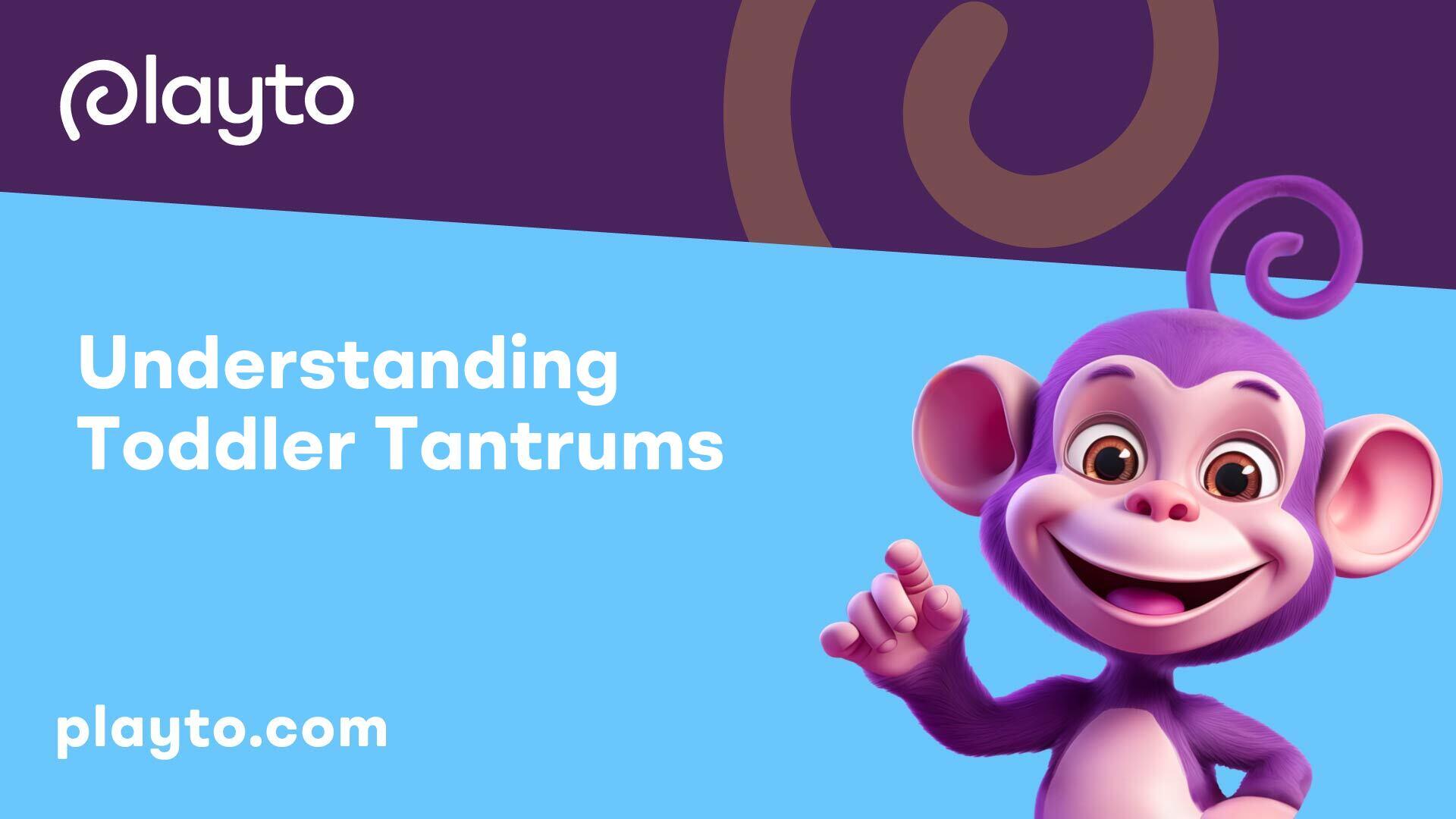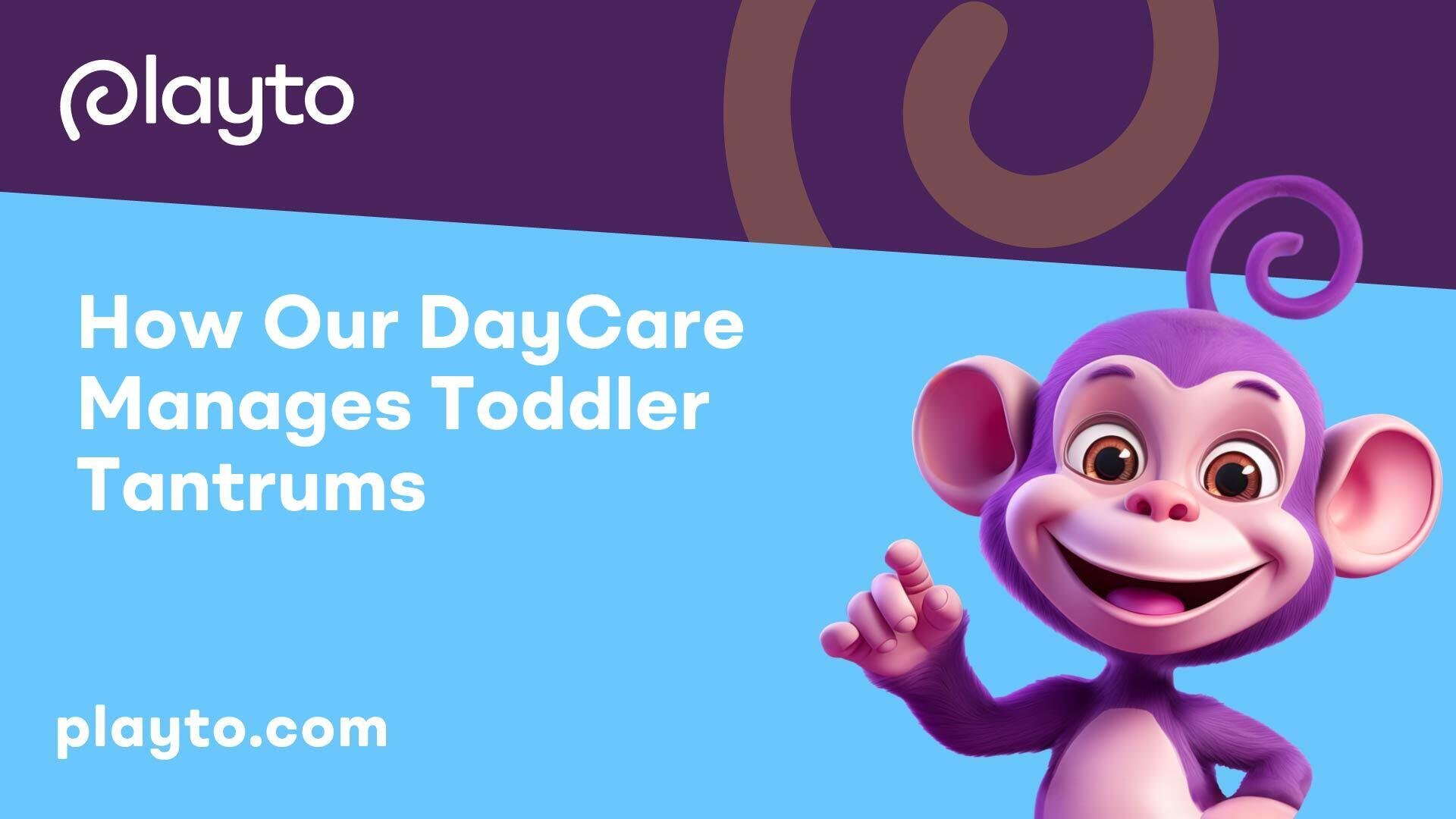
Understanding Toddler Tantrums
When it comes to handling toddler tantrums, understanding the various triggers and emotional factors behind these outbursts is essential for effective management. Tantrums are a natural part of a toddler's development and can be caused by a range of factors, including frustration, exhaustion, hunger, or a lack of communication skills. Recognizing these triggers and emotional components is crucial for caregivers in toddler daycare settings.
Triggers of Tantrums
Identifying the triggers that lead to toddler tantrums is the first step in effective management. Tantrums often stem from frustration, communication issues, or overwhelming emotions. By recognizing these triggers, caregivers can preemptively address potential issues, reducing the likelihood of tantrums. Common triggers include hunger, fatigue, sensory overload, fear, and underlying issues like ADHD or learning disorders.
Emotional Factors in Tantrums
Emotional factors play a significant role in the occurrence of toddler tantrums. Understanding the emotional underpinnings of these outbursts is key to implementing effective strategies for emotional regulation [1]. Tantrums can be a result of a child's inability to express their feelings or cope with strong emotions. Caregivers in toddler daycare settings must be attuned to the emotional cues of each child to provide appropriate support and guidance during these challenging moments.
By recognizing and addressing the triggers and emotional factors that contribute to toddler tantrums, caregivers can create a supportive environment that helps toddlers navigate their emotions and behaviors effectively. Managing tantrums in a daycare setting requires patience, understanding, and proactive strategies to promote positive emotional development in young children.

Effective Strategies for Tantrum Management
When it comes to managing toddler tantrums in a daycare setting, implementing effective strategies is essential to support the emotional well-being of young children. By understanding the triggers of tantrums and the appropriate responses, daycare providers can create a nurturing environment that promotes positive behavior and emotional regulation.
Behavior Analysis
Tantrums and meltdowns in children can be triggered by various factors such as fear, frustration, anger, sensory overload, and other underlying issues like ADHD or learning disorders. Conducting a thorough behavior analysis allows daycare staff to identify patterns and triggers that lead to tantrums. By recognizing these cues, caregivers can intervene early and implement strategies to help children manage their emotions effectively.
Behavior analysis also involves tracking the frequency and intensity of tantrums, noting the time of day they occur, and observing any specific situations that may contribute to the behavior. This data-driven approach enables daycare providers to tailor their response strategies to meet the individual needs of each child and prevent tantrums before they escalate.
Parental Responses to Tantrums
The response of parents or caregivers to tantrums plays a significant role in the frequency and intensity of these outbursts. Parents are encouraged to avoid giving in to tantrums, as it can reinforce the behavior in children. Instead, focusing on positive reinforcement for good behavior, such as compromise, self-calming attempts, or completing tasks without a tantrum, can help children unlearn tantrum responses and develop more mature ways of handling challenges.
When addressing tantrums in a daycare setting, consistent and coordinated communication with parents is vital. By sharing observations, behavior analysis findings, and effective strategies for managing tantrums, daycare providers can ensure a unified approach to supporting children's emotional development. Encouraging parents to reinforce positive behavior and provide consistent responses to tantrums at home and in daycare fosters a cohesive environment that promotes emotional regulation and positive interactions.
Incorporating behavior analysis and aligning parental responses to tantrums are essential components of an effective tantrum management strategy in a daycare setting. By working collaboratively and implementing evidence-based approaches, daycare providers can create a supportive and nurturing environment that empowers toddlers to navigate their emotions and develop healthy coping mechanisms.

Montessori Approach to Tantrum Regulation
In the realm of toddler daycare, understanding and effectively managing tantrums play a significant role in creating a nurturing environment for young children. Embracing the Montessori approach can offer valuable insights into emotional regulation strategies, focusing on emotional development and self-regulation techniques.
Emotional Development
The Montessori philosophy emphasizes the importance of emotional development in young children. By promoting independence, practical life skills, respecting emotions, and nurturing communication skills, Montessori principles create a supportive environment that fosters emotional intelligence and resilience. This approach helps toddlers understand and express their feelings in a healthy and constructive manner.
Research has highlighted the positive impact of Montessori principles on emotional development, showing that children exposed to this approach exhibit greater emotional awareness and self-regulation skills. By nurturing emotional growth from an early age, toddlers in daycare centers can build a strong foundation for managing their emotions and navigating social interactions.
Self-Regulation Techniques
Central to the Montessori approach is the cultivation of self-regulation techniques in young children. By providing opportunities for toddlers to engage in activities that promote self-control and mindfulness, caregivers and educators can empower children to regulate their emotions and behavior effectively.
In a Montessori daycare setting, children are encouraged to practice self-regulation through activities that promote focus, concentration, and inner discipline. By fostering a sense of autonomy and responsibility, toddlers learn to navigate challenging emotions and situations with composure and resilience.
By incorporating self-regulation techniques inspired by Montessori principles, daycare providers can create a harmonious environment where tantrums are viewed as opportunities for growth and emotional development. Encouraging toddlers to identify, express, and manage their emotions in a positive way sets the stage for building essential lifelong skills for emotional well-being and social success.
Practical Tips for Drop-Off Tantrums
When it comes to managing drop-off tantrums at daycare, incorporating effective strategies can help ease the transition for both toddlers and parents. By implementing distraction techniques and maintaining consistency in the drop-off routine, caregivers can create a smoother experience for all involved.
Distraction Techniques
To address tantrums during drop-off at daycare, parents can consider integrating distraction techniques to alleviate clinginess and facilitate a more positive separation. Incorporating fun activities like visiting a neighborhood landmark or getting a small treat from a cafe before leaving the house can help shift the toddler's focus and reduce anxiety about the separation.
By engaging the child in something enjoyable and diverting their attention, caregivers can make the drop-off process more engaging and less stressful. Educators can also play a role in assisting with the transition, providing support and encouragement to help the child feel more comfortable in the daycare environment.
Consistency in Routine
Maintaining consistency in the drop-off routine is key to managing tantrums and promoting a sense of security for toddlers. Saying a firm, final, loving goodbye at the door can aid in breaking the habit of clinginess during drop-off at daycare. This approach reinforces the idea that separation is temporary and that the parent will return, helping to build trust and confidence in the child [4].
It's important not to make rewards contingent on the toddler's behavior during drop-off, as young children may not effectively connect the two. Instead, focusing on establishing a consistent routine and providing reassurance can help build a sense of stability and predictability for the child.
By prioritizing the well-being of both the child and the parent, caregivers can create a supportive environment that promotes emotional resilience and positive coping skills. Remember that a quick goodbye is often more effective than lingering, as observed in preschool drop-offs. Providing a smooth and efficient transition can help set a positive tone for the rest of the day at daycare.
By incorporating these practical tips and techniques into the drop-off routine, daycare providers can help toddlers navigate separation with greater ease and confidence, creating a more positive experience for both the child and the parent.
Collaboration for Behavioral Success
Effective behavioral management in toddlers requires a collaborative approach between daycare staff and parents. By fostering strong parent-caregiver communication, both parties can work together to address and manage toddler tantrums effectively. Consistent boundaries and shared strategies create a supportive environment for the child's development.
Parent-Caregiver Communication
Clear and open communication between parents and daycare caregivers is essential for ensuring a cohesive approach to managing toddler behavior. By maintaining open lines of communication, both positive and challenging behaviors can be addressed promptly and consistently. Discussing the child's reactions, triggers, and successful techniques used at daycare enables parents to reinforce these strategies at home.
Parents can share valuable insights into their child's behavior patterns, likes, and dislikes, providing caregivers with a more comprehensive understanding of the child's needs. Regular updates on the child's progress and any changes in behavior help facilitate a unified approach to behavior management.
Consistent Boundaries
Establishing consistent boundaries is key to reducing confusion and promoting positive behavior in toddlers. When both daycare providers and parents enforce consistent rules and expectations, children receive clear guidance on appropriate behavior across different settings.
Consistent boundaries help toddlers understand the limits of acceptable behavior and provide them with a sense of security and predictability. By aligning strategies and responses to tantrums, both at daycare and at home, parents and caregivers create a harmonious and supportive environment for the child's emotional development.
Successful collaboration between parents and daycare staff not only benefits the child but also enhances the overall effectiveness of behavioral management strategies. By working together and maintaining open communication channels, parents and caregivers can cultivate a nurturing and consistent approach to addressing toddler tantrums, promoting healthy emotional development in young children.
Safety Measures in Toddler Daycare
Ensuring a safe and secure environment in toddler daycare settings is a top priority to promote the well-being of young children. Two essential safety measures in toddler daycare centers are staffing ratios and active supervision.
Staffing Ratios
Maintaining appropriate staff-to-child ratios in toddler daycare centers is critical for providing individual attention and ensuring the safety of each child. The ideal ratio for toddlers is typically recommended to be one provider for every four children, with groups not exceeding eight children. Adequate staffing ratios allow caregivers to respond promptly to children's needs, actively engage with them, and create a nurturing environment.
When there are enough staff members present, it becomes easier to monitor children effectively, manage group dynamics, and oversee various activities. By adhering to proper staffing ratios, toddler daycare centers can enhance the quality of care provided to each child and maintain a safe and supportive learning environment.
Active Supervision
Active supervision is a fundamental aspect of maintaining a safe and secure toddler daycare environment. Staff members must remain within sight and hearing of the children at all times, without relying on mechanical devices for monitoring purposes. It's essential for caregivers to be fully present and engage with the children to ensure their safety and well-being.
In addition to visual supervision, active engagement with the children allows caregivers to build trusting relationships, observe their behavior closely, and respond promptly to any needs or concerns that may arise. This hands-on approach to supervision ensures that children are under constant vigilance and that any potential risks are identified and addressed promptly.
Furthermore, staff members engaged in other tasks or activities should not be included in the staff-to-child ratio count to maintain a focus on active supervision and ensure that all children receive the necessary attention and care they require.
By prioritizing appropriate staffing ratios and active supervision in toddler daycare centers, caregivers can create a secure and nurturing environment where children can learn, play, and thrive with confidence and peace of mind. These safety measures play a pivotal role in safeguarding the well-being of young children and fostering a positive and supportive daycare experience for all.
References
[2]:
[3]:
[4]:
[5]:
[6]:
